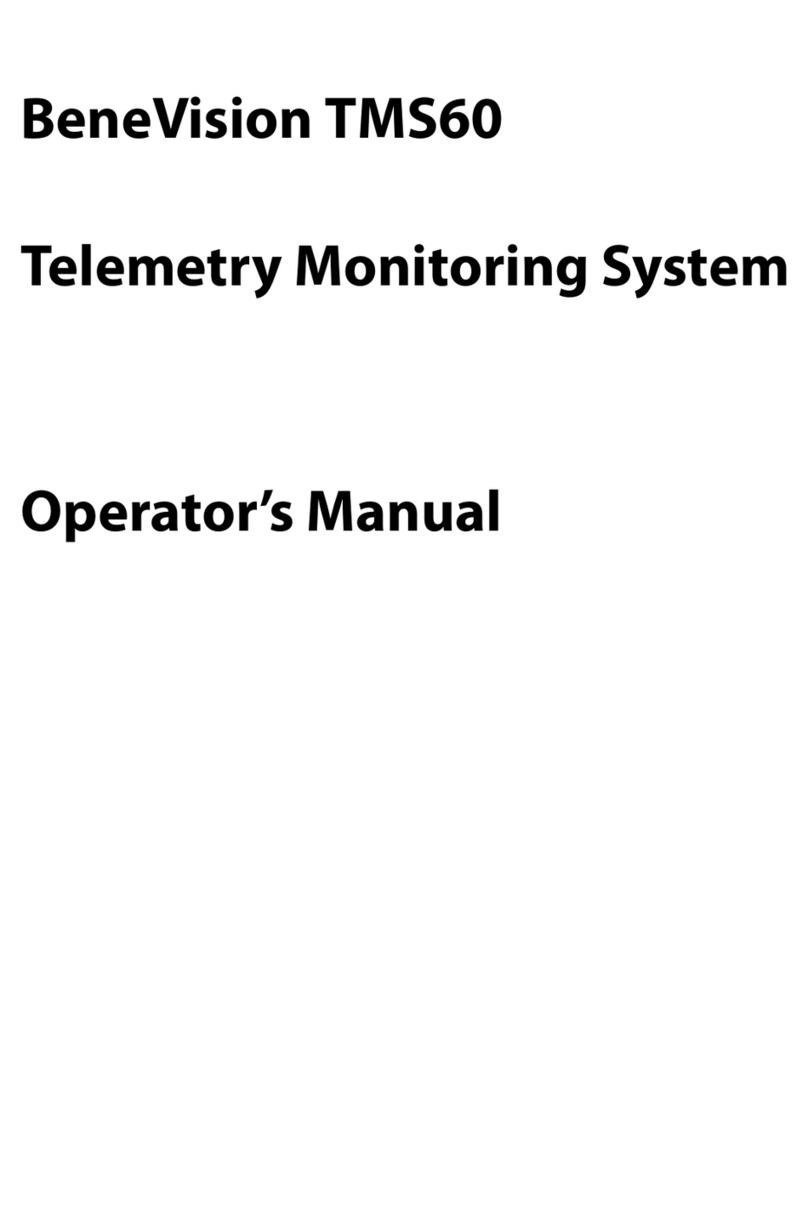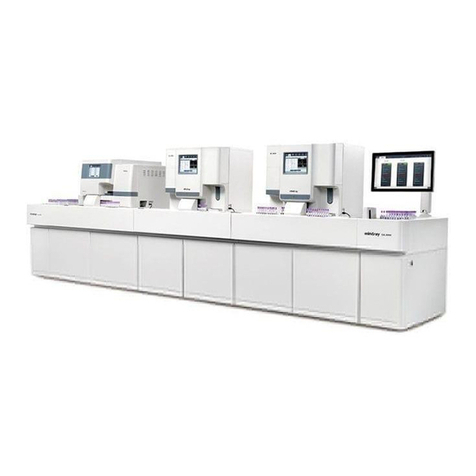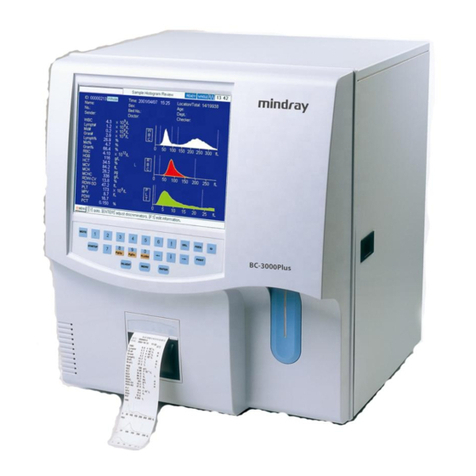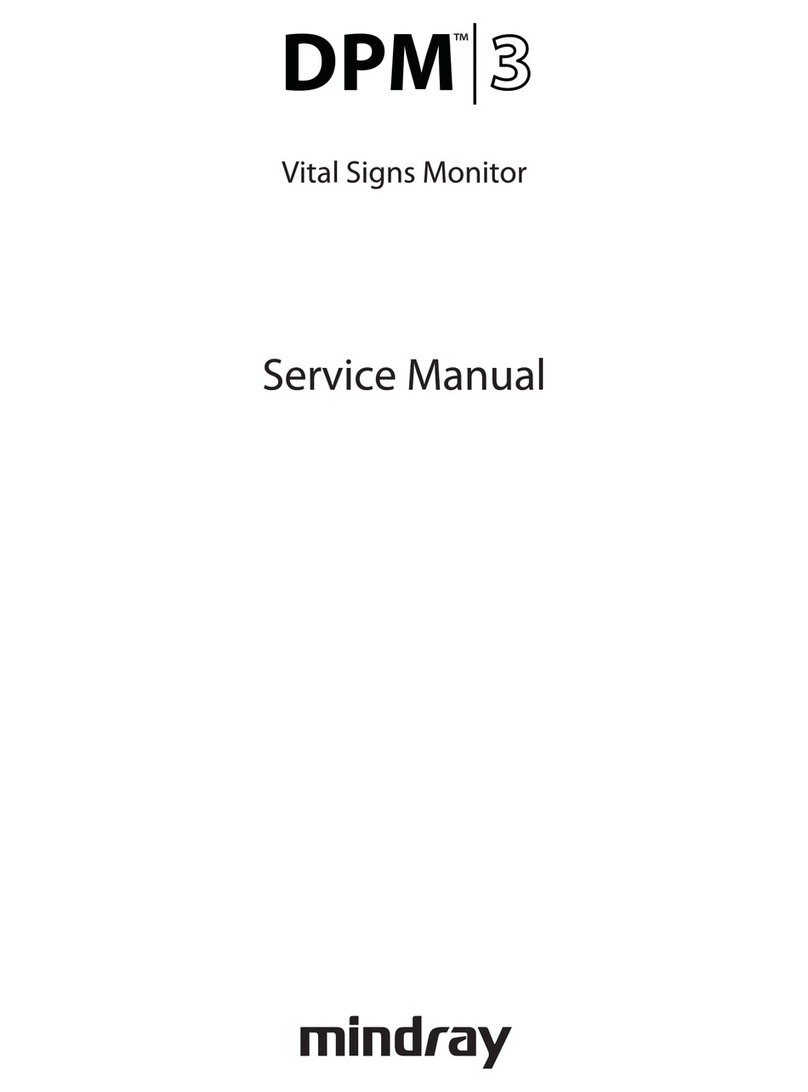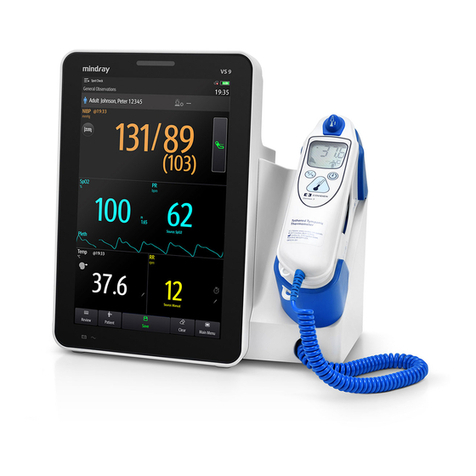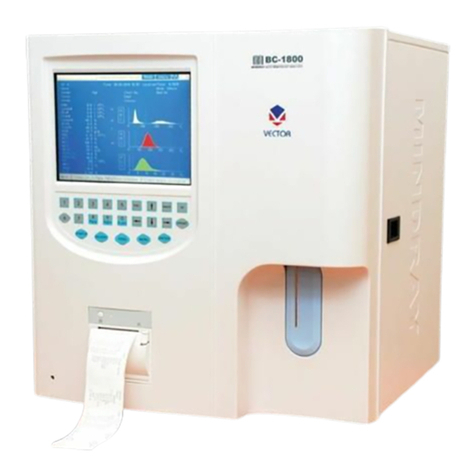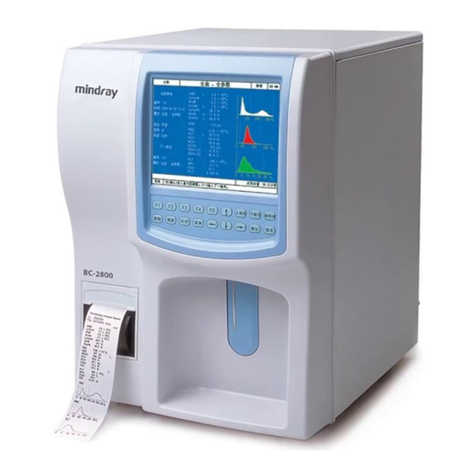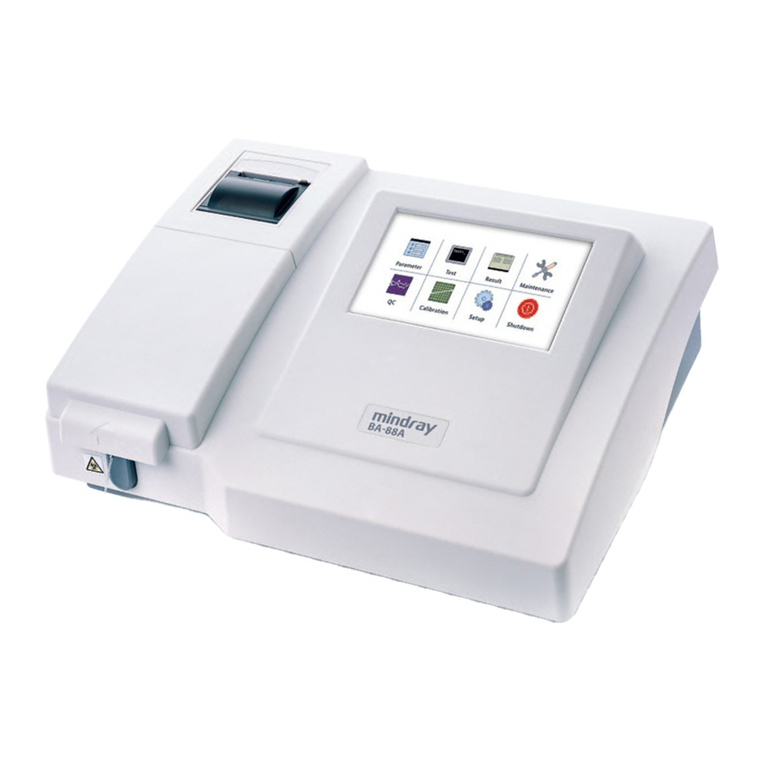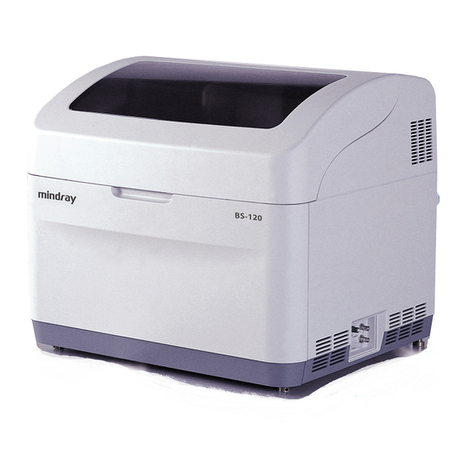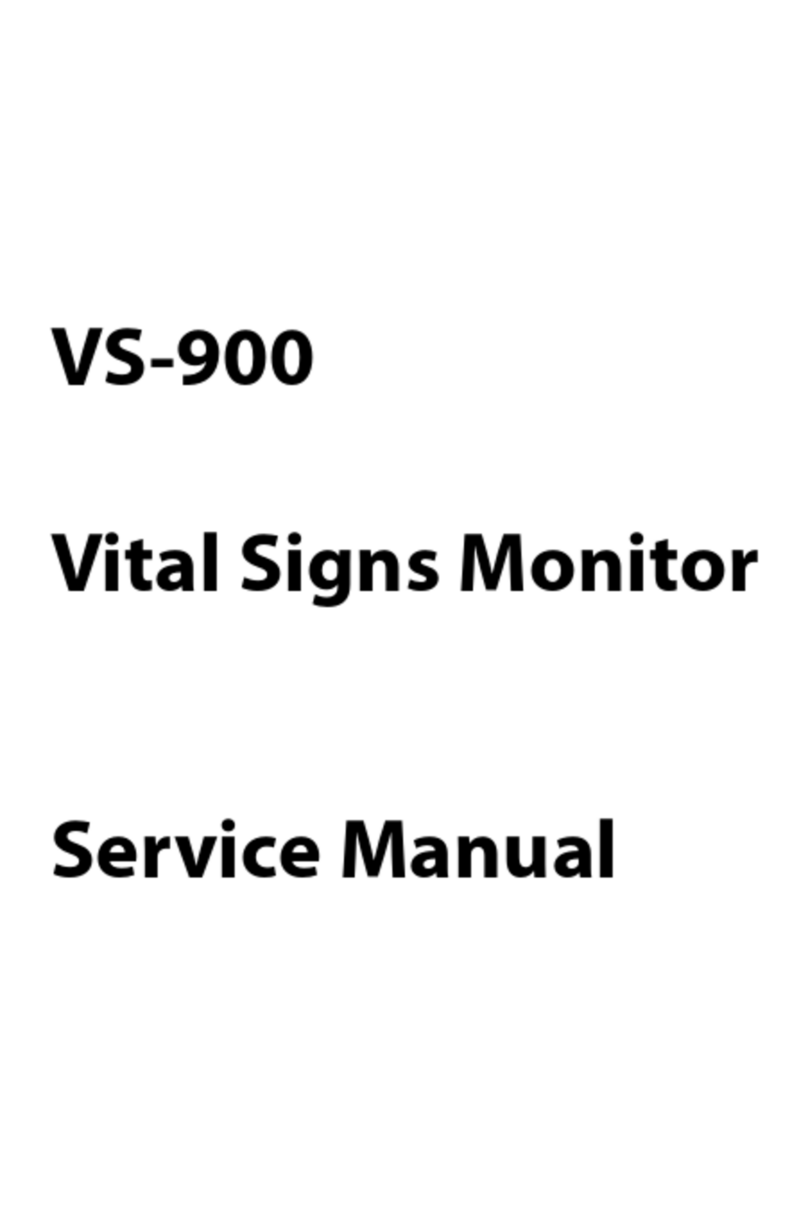
Table of Contents
2
4.1.3 Pumps ...................................................................................................... 4-1
4.1.4 Syringes ................................................................................................... 4-1
4.1.5 Valves ....................................................................................................... 4-1
4.1.6 Baths ........................................................................................................ 4-1
4.1.7 Volumetric tube......................................................................................... 4-2
4.1.8 Filters........................................................................................................ 4-2
4.2 Fluidic System ....................................................................................................... 4-3
4.2.1 Reagent volume required......................................................................... 4-3
4.2.2 Fluidic System Drawing............................................................................ 4-5
4.2.3 WBC Measurement Procedures .............................................................. 4-6
4.2.4 RBC/PLT Measurement Procedures........................................................ 4-6
4.2.5 HGB Measurement Procedures ............................................................... 4-7
4.3 Sequence of Whole Blood CBC+DIFF Measurement........................................... 4-8
4.3.1 Sampling and dispensing procedures...................................................... 4-8
4.3.2 DIFF Channel ......................................................................................... 4-10
4.3.3 WBC/HGB Channel................................................................................ 4-13
4.3.4 RBC/PLT Channel .................................................................................. 4-15
4.3.5 Sequence of Predilute Mode CBC+DIFF Measurement........................ 4-18
4.3.6 Sequence of CBC Measurement ........................................................... 4-18
5Hardware System ................................................................................................ 5-1
5.1 Mother board ......................................................................................................... 5-3
5.1.1 Introduction............................................................................................... 5-3
5.1.2 Board Composition................................................................................... 5-3
5.1.3 Adjustment and Test Points.................................................................... 5-26
5.1.4 Removal ................................................................................................. 5-28
5.1.5 Troubleshooting...................................................................................... 5-30
5.2 Data board........................................................................................................... 5-32
5.2.1 Introduction............................................................................................. 5-32
5.2.2 Board composition.................................................................................. 5-32
5.2.3 Adjustment and Test Points.................................................................... 5-45
5.2.4 Disassembly and assembly method....................................................... 5-49
5.2.5 Troubleshooting...................................................................................... 5-51
5.3 Drive board .......................................................................................................... 5-59
5.3.1 Introduction............................................................................................. 5-59
5.3.2 Board composition.................................................................................. 5-59
5.3.3 Adjustment and Test Points.................................................................... 5-75
5.3.4 Disassembly and assembly method....................................................... 5-78
5.3.5 Troubleshooting...................................................................................... 5-80
5.4 Autoloader board ................................................................................................. 5-99
5.4.1 Introduction............................................................................................. 5-99
5.4.2 Board Composition................................................................................. 5-99
5.4.3 Adjustment and Test Points.................................................................. 5-109
5.4.4 Disassembly and assembly method..................................................... 5-110
5.4.5 Troubleshooting.................................................................................... 5-112
5.5 Power board ...................................................................................................... 5-117
5.5.1 Introduction........................................................................................... 5-117
5.5.2 Board Composition............................................................................... 5-117
5.5.3 Adjustment and Test Points.................................................................. 5-122
5.5.4 Replacement and Connection.............................................................. 5-124
5.5.5 Troubleshooting.................................................................................... 5-127
5.6 Volumetric and pressure detecting board.......................................................... 5-129
5.6.1 Introduction........................................................................................... 5-129
5.6.2 Board Composition............................................................................... 5-129
5.6.3 Disassembly and assembly method..................................................... 5-132
5.6.4 Troubleshooting.................................................................................... 5-134

